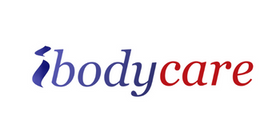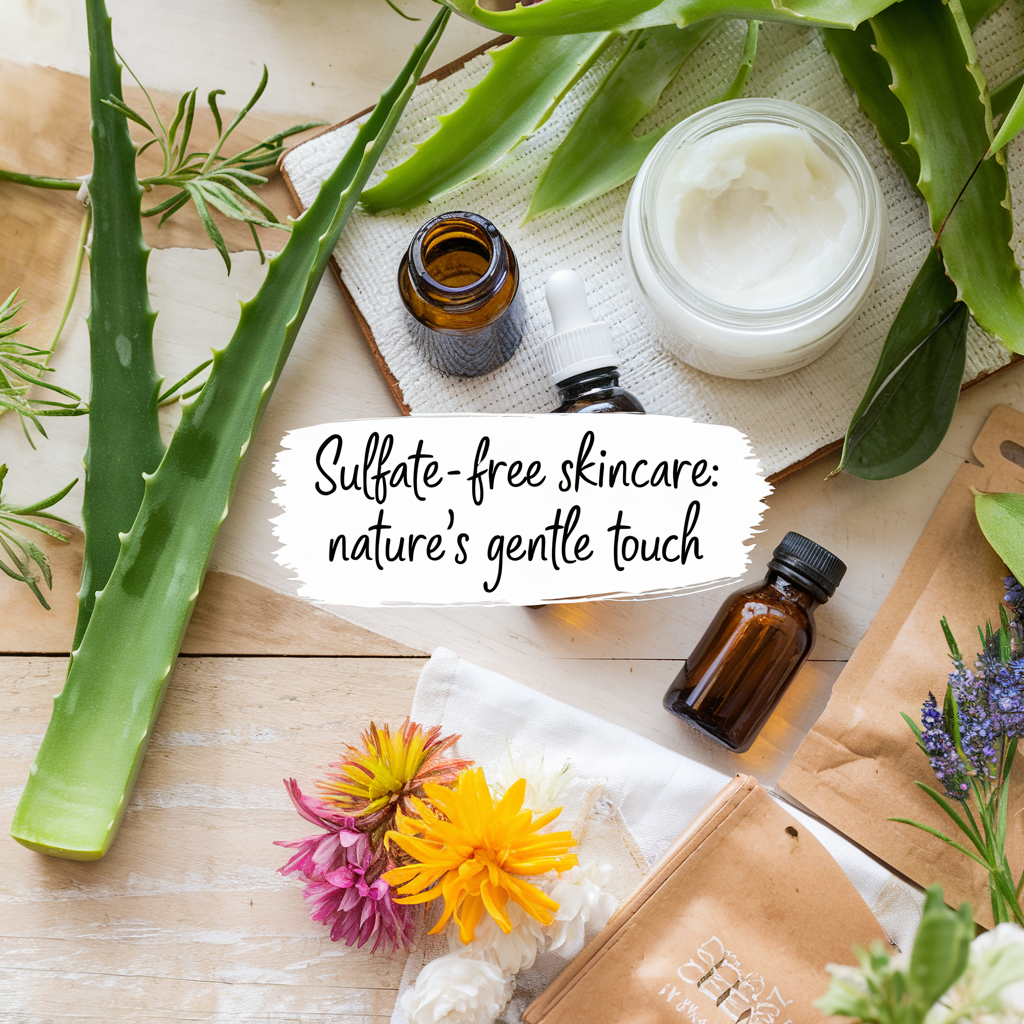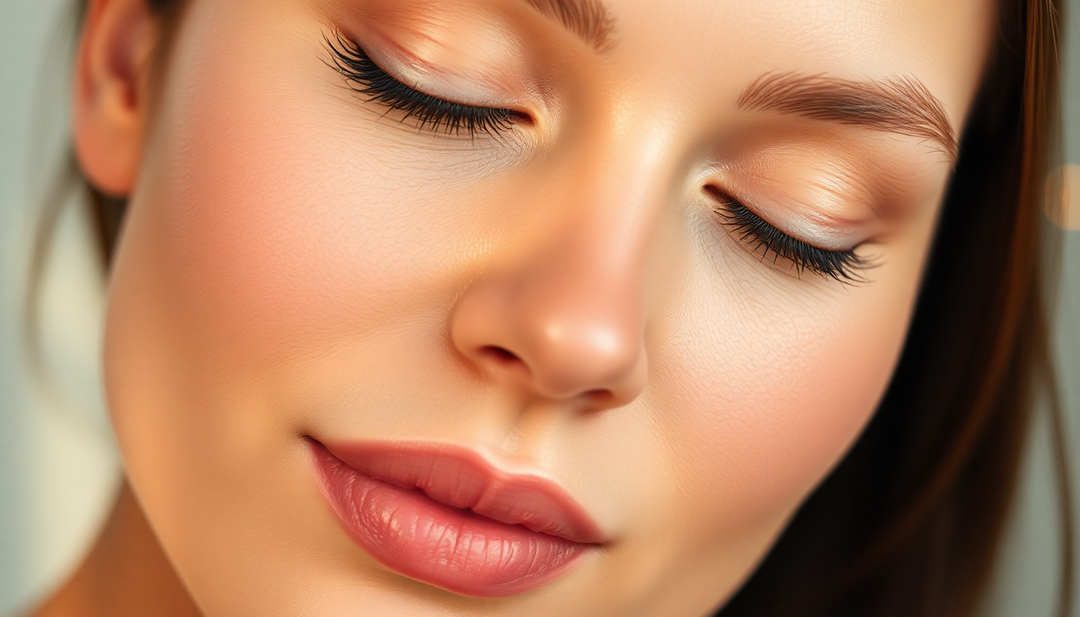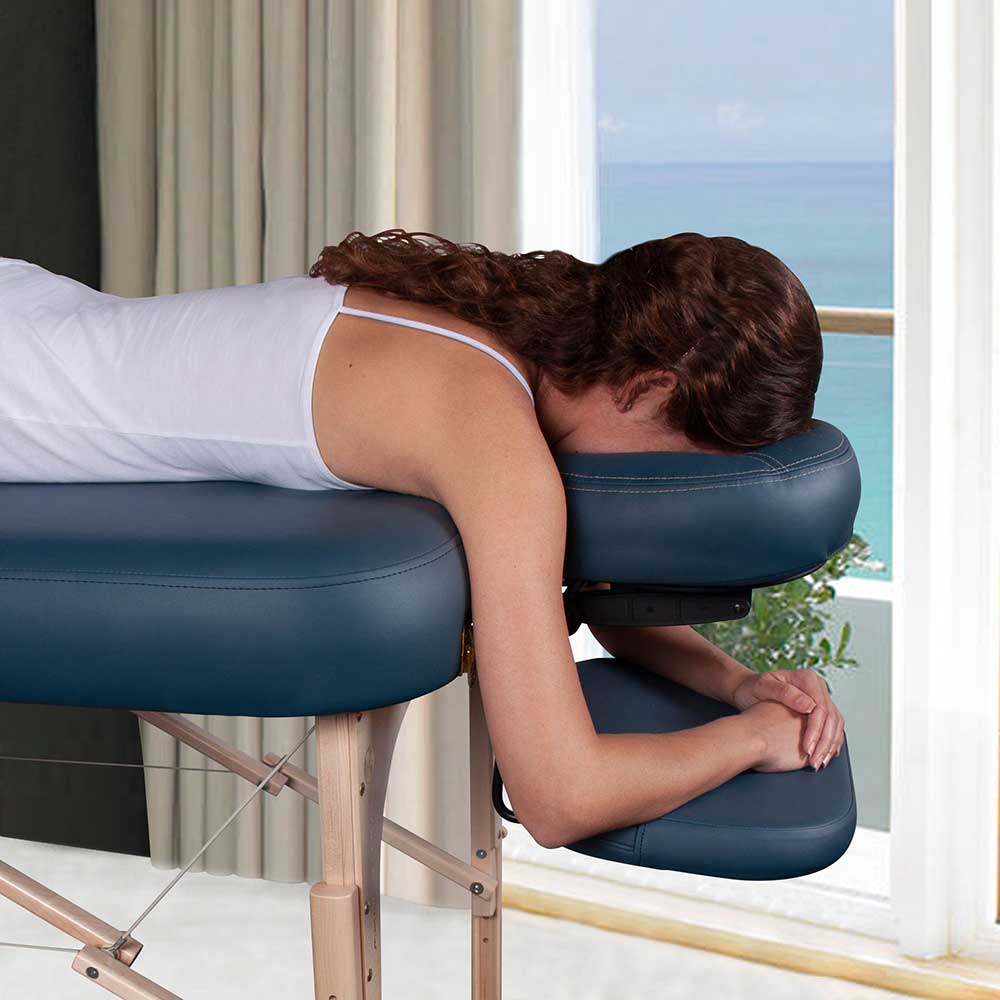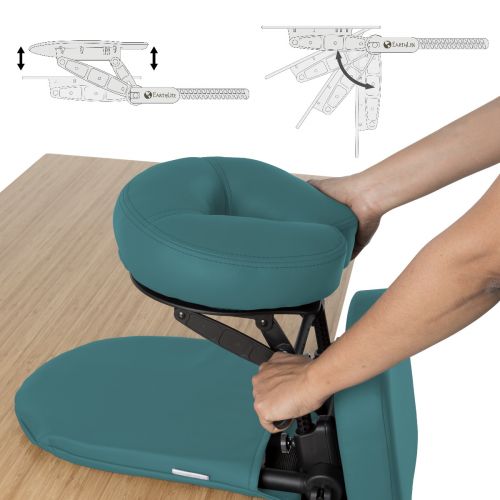Infection Prevention 101: A Comprehensive Guide to Cleaning and Disinfecting Your Massage Table
 Welcome to "Infection Prevention 101: A Comprehensive Guide to Cleaning and Disinfecting Your Massage Table."
Welcome to "Infection Prevention 101: A Comprehensive Guide to Cleaning and Disinfecting Your Massage Table."In the world of massage therapy, infection prevention is not just an added bonus; it is a fundamental aspect of providing high-quality care to clients. Proper infection prevention protocols not only protect clients from potential health risks but also safeguard the reputation and credibility of massage therapists. Infections can spread through contact with contaminated surfaces, including massage tables. Therefore, it is crucial to prioritize infection prevention to ensure a safe and healthy environment for everyone involved in the massage therapy process.
Maintaining a clean and germ-free massage table is especially important due to the close contact between the therapist and the client. During a massage session, the client's skin may come into contact with the table, and any bacteria or viruses present can easily transfer between individuals. By implementing effective infection prevention measures, massage therapists can minimize the risk of cross-contamination and create a safe space for their clients to relax and heal.
Before diving into the specifics of cleaning and disinfecting your massage table, it is essential to understand the difference between the two processes. Cleaning refers to the removal of visible dirt, debris, and organic matter from a surface. While cleaning helps create a visually appealing environment, it does not eliminate harmful microorganisms that may be present.
On the other hand, disinfecting is the process of using chemicals to kill or inactivate microorganisms on a surface. Disinfectants are designed to destroy a wide range of bacteria, viruses, and fungi, ensuring that the surface is safe and free from harmful pathogens. In the context of massage tables, both cleaning and disinfecting are necessary to maintain proper hygiene standards and prevent the spread of infections.
Cleaning your massage table is the first step towards maintaining a hygienic environment. Here are some best practices to follow when cleaning your massage table:
1. Start by removing any linens, towels, or other accessories from the table. Shake them out and launder them according to the manufacturer's instructions.
2. Use a dry cloth or paper towel to remove any loose dirt or debris from the table's surface.
3. Prepare a solution of mild soap or detergent and warm water. Dip a clean cloth or sponge into the solution and wring out the excess moisture.
4. Gently wipe down the entire surface of the massage table, paying special attention to areas that come into direct contact with the client's body, such as the face cradle and armrests.
5. Rinse the cloth or sponge with clean water and wipe down the table again to remove any soapy residue.
6. Dry the table thoroughly using a clean, absorbent towel. Ensure that all moisture is removed to prevent the growth of mold or mildew.
7. Once the table is dry, replace the linens and accessories, ensuring they are clean and fresh for the next client.
By following these best practices, you can effectively remove visible dirt and maintain a clean and presentable massage table. However, cleaning alone is not enough to eliminate potentially harmful microorganisms. To ensure complete infection prevention, it is crucial to incorporate disinfection into your routine.
When it comes to selecting the right disinfectant for your massage table, it is essential to choose a product that is effective against a wide range of microorganisms. Look for disinfectants that are registered with the Environmental Protection Agency (EPA) and specifically labeled for use on massage tables or similar surfaces. These products have undergone rigorous testing to ensure their efficacy and safety.
Common disinfectants that are suitable for use on massage tables include alcohol-based solutions, hydrogen peroxide-based cleaners, and quaternary ammonium compounds. Each type of disinfectant has its advantages and considerations, so it's important to read and follow the manufacturer's instructions for proper use.
Alcohol-based disinfectants are commonly used in healthcare settings due to their broad-spectrum effectiveness against bacteria, viruses, and fungi. They are quick-drying and do not leave behind residue, making them ideal for frequent use. However, alcohol-based solutions may not be suitable for use on certain materials, such as vinyl or leather, as they can cause drying or discoloration.
Hydrogen peroxide-based cleaners are another option for disinfecting massage tables. They are effective against a wide range of microorganisms and are generally safe to use on various surfaces. However, it's important to check the concentration and contact time required for effective disinfection.
Quaternary ammonium compounds, also known as "quats," are commonly used in disinfecting wipes and sprays. They are effective against many pathogens and are safe for use on most surfaces. However, it's important to follow the manufacturer's instructions for proper use and contact time.
Ultimately, the choice of disinfectant will depend on your specific needs and preferences. It's important to select a product that is compatible with your massage table's materials and meets the necessary efficacy standards for infection prevention.
Disinfecting your massage table is a crucial step in infection prevention. Here is a step-by-step guide on how to properly disinfect your massage table:
1. Put on disposable gloves to protect your hands throughout the disinfection process.
2. Begin by cleaning the table using the best practices mentioned earlier. Remove any visible dirt or debris from the surface.
3. Prepare the disinfectant solution according to the manufacturer's instructions. Ensure that the solution is at the correct concentration for effective disinfection.
4. Apply the disinfectant solution to a clean cloth or sponge. Wipe down the entire surface of the massage table, including all high-touch areas such as the face cradle, armrests, and hand rests.
5. Pay special attention to areas that may be more prone to contamination, such as areas that come into direct contact with the client's skin or any visible stains or spills.
6. Allow the disinfectant to remain on the surface for the recommended contact time. This ensures that the solution has enough time to kill or inactivate any microorganisms present.
7. After the contact time has elapsed, use a clean, damp cloth or sponge to remove any residue from the disinfectant solution.
8. Dry the table thoroughly using a clean, absorbent towel. Ensure that all moisture is removed to prevent the growth of mold or mildew.
9. Dispose of the gloves used during the disinfection process and wash your hands thoroughly with soap and water.
By following these steps, you can effectively disinfect your massage table and create a clean and hygienic environment for your clients. Remember to read and follow the manufacturer's instructions for the specific disinfectant product you are using, as contact times and application methods may vary.
While cleaning and disinfecting your massage table are essential for infection prevention, there are additional measures you can take to further enhance the safety and cleanliness of your massage therapy practice. Consider implementing the following practices:
1. Use disposable table coverings: Consider using disposable table coverings, such as fitted sheets or face cradle covers, for each client. This helps minimize direct contact between the client's skin and the table's surface.
2. Launder linens and accessories properly: Ensure that all linens, towels, and accessories used during a massage session are laundered promptly and according to the manufacturer's instructions. Use hot water and appropriate detergents to effectively remove any potential contaminants.
3. Regularly sanitize high-touch surfaces: In addition to the massage table, regularly sanitize other high-touch surfaces in your therapy room, such as door handles, light switches, and equipment. This helps minimize the risk of cross-contamination.
4. Maintain a clean and organized workspace: Keep your therapy room clean and well-organized to minimize the accumulation of dirt and clutter. Regularly dust, vacuum, and mop the floors to create a pristine environment.
5. Follow proper hand hygiene practices: Practicing proper hand hygiene is essential in infection prevention. Wash your hands thoroughly with soap and water before and after each client. If soap and water are not readily available, use an alcohol-based hand sanitizer with at least 60% alcohol content.
6. Consider air purifiers or ventilation systems: Adequate ventilation can help minimize the concentration of airborne particles and improve air quality in your therapy room. Consider using air purifiers or ensuring proper ventilation to create a fresh and clean environment.
By incorporating these additional infection prevention measures into your practice, you can further minimize the risk of infections and create a safe and welcoming space for your clients.
As a professional massage therapist, investing in training and certification in infection prevention can provide you with valuable knowledge and skills to enhance your practice. Various organizations offer courses and certifications specifically tailored to infection prevention in massage therapy. These programs cover topics such as proper cleaning and disinfection techniques, hand hygiene, and other infection prevention measures.
By obtaining a certification in infection prevention, you demonstrate your commitment to maintaining the highest standards of cleanliness and safety for your clients. Additionally, such certifications can help you stand out in a competitive industry and build trust with your clients.
While massage therapists play a crucial role in infection prevention, clients also have a responsibility to maintain proper hygiene and contribute to a safe environment. As a massage therapist, you can educate your clients on the importance of infection prevention and encourage them to follow these guidelines:br/>br/>
1. Practice good personal hygiene: Clients should arrive for their massage sessions clean and free from any visible dirt or contaminants. Encourage them to shower before their appointment and wear clean clothing.
2. Communicate health concerns: Clients should inform you of any health concerns or symptoms they may be experiencing, especially if they suspect they may have an infectious condition. This allows you to take necessary precautions and reschedule the appointment if needed.
3. Respect the therapist's instructions: Clients should follow any instructions provided by the massage therapist regarding hygiene, safety, and infection prevention. This may include removing jewelry, using hand sanitizer, or wearing a face mask if necessary.
4. Provide feedback: Encourage clients to provide feedback on the cleanliness and hygiene practices of your practice. This allows you to identify areas for improvement and ensure that clients feel comfortable and safe during their massage sessions.
By fostering open communication and collaboration with your clients, you can create a partnership in infection prevention and work together to maintain a clean and safe environment.
When it comes to cleaning and disinfecting massage tables, there are several common misconceptions that can hinder effective infection prevention. Let's address some of these misconceptions and provide clarity:
1. "Cleaning alone is sufficient": While cleaning is an essential step in maintaining a clean environment, it does not eliminate harmful microorganisms. Disinfection is necessary to kill or inactivate pathogens that may be present on the table's surface.
2. "Water alone is enough to disinfect": Water alone is not sufficient to disinfect surfaces. Disinfectants specifically formulated to kill microorganisms are required to ensure effective disinfection.
3. "All disinfectants are the same": Different disinfectants have varying levels of efficacy against specific microorganisms. It's important to select a disinfectant that is effective against a wide range of pathogens and meets the necessary standards for infection prevention.
4. "Disinfectants can be used interchangeably": Disinfectants should be used according to the manufacturer's instructions. Not all disinfectants are suitable for all surfaces, and contact times may vary.
5. "Disinfection once a day is enough": Depending on the frequency of use, it may be necessary to disinfect the massage table multiple times a day. Factors such as the number of clients, the nature of the treatments, and the presence of visible spills or stains should be considered when determining the appropriate disinfection frequency.
By debunking these misconceptions and providing accurate information, we can ensure that massage therapists and clients alike have a clear understanding of the necessary steps for effective infection prevention.
Infection prevention is a critical aspect of providing safe and effective massage therapy. By understanding the difference between cleaning and disinfecting, following best practices for cleaning and disinfecting your massage table, and implementing additional infection prevention measures, you can create a clean and hygienic environment for your clients. Investing in training and certification in infection prevention demonstrates your commitment to maintaining the highest standards of cleanliness and safety. Remember, infection prevention is a partnership between the massage therapist and the client, so encourage open communication and collaboration to ensure a safe and enjoyable massage experience. With the knowledge and tools provided in this comprehensive guide, you are well-equipped to elevate your infection prevention game and create a pristine and germ-free haven for your massage therapy practice.
We recommend Protex Spray for Disinfection
